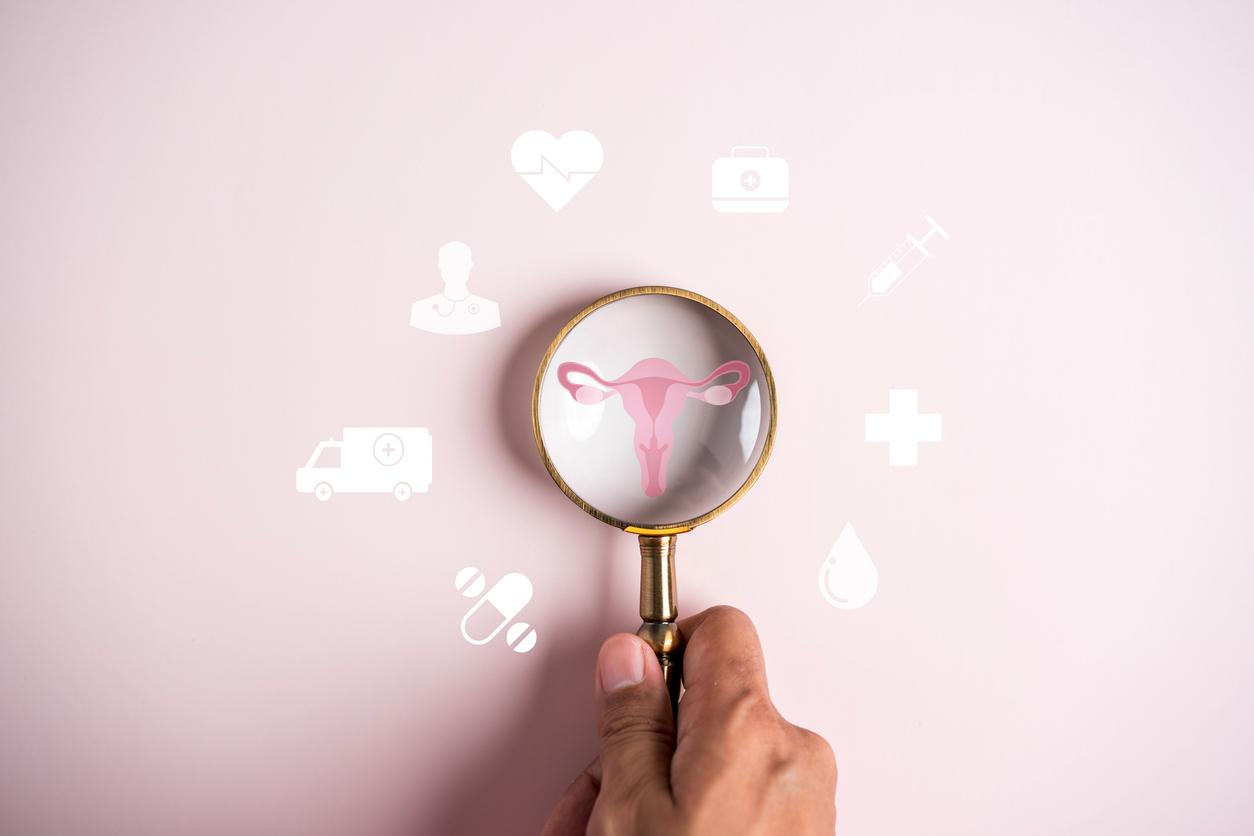The Academy of Medicine is concerned about the increase in cases of endometriosis in young women.

- Treatments for endometriosis are initially hormonal, to cause amenorrhea (absence of menstruation).
- If indicated, surgery must be performed by an experienced team in order to obtain complete excision of the lesions.
- Depending on the context, analgesic, psychological or medically assisted procreation treatment may be considered.
“Endometriosis occupies an increasingly frequent place in young women (prevalence estimated at 15%) and is, as such, worrying”, alert the Academy of Medicine. “It goes beyond the field of gynecology alone with a real impact on public health”, continue the experts. “Its signs and its consequences are well known to gynecologists, but many physiopathological or evolutionary unknowns and diagnostic delays make it a disease that is both singular, disabling and of uncertain prognosis”, they add.
There are several forms of endometriosis
Characterized by the presence and dissemination of endometrial cells outside of its natural site (uterine cavity), endometriosis takes the name:
– adenomyosis, when it reaches the myometrium;
– Deep pelvic endometriosis, if it sits in the subperitoneal or invades the pelvic organs;
– superficial pelvic endometriosis for peritoneal involvement;
– endometrioma for ovarian damage;
– extra-pelvic endometriosis, when it affects, for example, the abdominal wall (often on old scars), the diaphragm or the pleura…
Endometriosis is manifested by a very suggestive set of symptoms:
– pain during menstruation (algomenorrhea) and during sexual intercourse (dyspareunia), progressing to chronicity;
– urinary or digestive symptoms occurring during menstruation;
– infertility, the cause of which is multifactorial.
Some recommendations
These symptoms gradually and seriously affect the patient’s general condition: psychological balance, ability to work, sex, marital or family life. “The care must be multidisciplinary in view of all the spheres that can be impacted by the disease”, therefore believes the Academy of Medicine.
More specifically, experts recommend: the creation of national or regional organizations dedicated to endometriosis and involving the mobilization of healthcare professionals or patients; the development of research; specialization in the management and care pathways for endometriosis; the creation of databases; the development of information and awareness of this disease; the training of students and the validation of the skills of practitioners.

.















